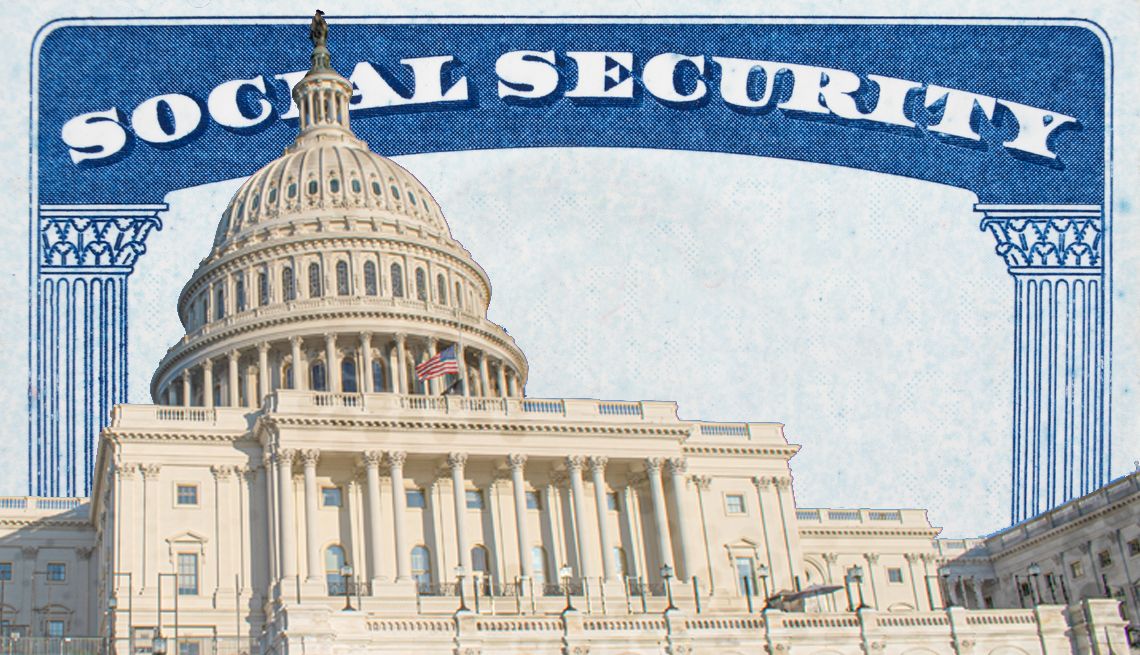AARP Hearing Center
April is Financial Literacy Month, which is as good a time as any to begin a conversation with the grandkids about money. Start by acknowledging you’ve made financial mistakes, as we all have, and the lessons learned from those mistakes — because learning the right lessons early will help them lead a happier, more financially secure life.
Here are three critical lessons I’ve learned and how you can teach your grandchildren:
Lesson 1: Save money. Though the wisdom of saving seems almost too obvious to mention, I know many adults, including some very high-income earners, who never learned to save a penny. Teaching the savings habit early is critical and requires more than just a talk — it requires motivation.
For example, when my son was small, I matched his savings from his allowance in an attempt to mirror what his future employer is likely to do with a 401(k) plan. Jonathan Clements, founder and editor of the HumbleDollar website, cleverly suggests rewarding the child with $1 every time you take him out to eat and he orders water instead of a soda — a “twofer” lesson that encourages good choices in wealth and health.
When your grandchildren are a bit older, they may have part-time jobs, which will dramatically increase the amounts they can save. With earned income, they can contribute to a Roth IRA. They will then know what taxes are and understand this Roth IRA money will never be taxed again under current law.
Another part of this lesson is to teach what happens when grandchildren don’t save and go into debt. Demonstrate this concept by asking them if they want to borrow $5 and repay you $10 down the road. Hopefully they will say no but, if it backfires, be sure to strictly enforce the repayment and interest. Tell them that there are more greedy lenders (payday lenders) charging fees like this than there are McDonald’s restaurants. Let them know many other financial institutions encourage and profit from their debt.
Lesson 2: Grow money. I taught investing to my son when he was 8 because it really was that simple. In fact, I wrote a book about how a second-grader beat Wall Street.
You, too, can teach your grandchildren how the power of compound interest has worked over your lifetime and likely will over theirs. You can teach them the importance of keeping fees low and buying broad index funds that own thousands of companies, rather than putting too many eggs in one basket. Ask them if they would rather sell an investment when the price is high or low and they will think it’s the silliest question they’ve ever heard, but explain to them that many adults actually buy high and sell low.
One fun way to teach these lessons is through a simple new free online game called Build Your STAX. The game, sponsored by Next Gen Personal Finance (a nonprofit), compresses 20 years of investing into about 20 minutes. Then perhaps you can buy them a low-cost index fund in a custodial account and your grandkids can begin to experience the real pleasure from a surging market — but learn to stay the course or buy more in a plunging market.
Learning early in life not to chase the hot investments or do the all-too-adult behavior of buying high and selling low will serve them well. It will be easier for them to stay the course because money doesn’t mean as much to children as it does to us adults.



































































